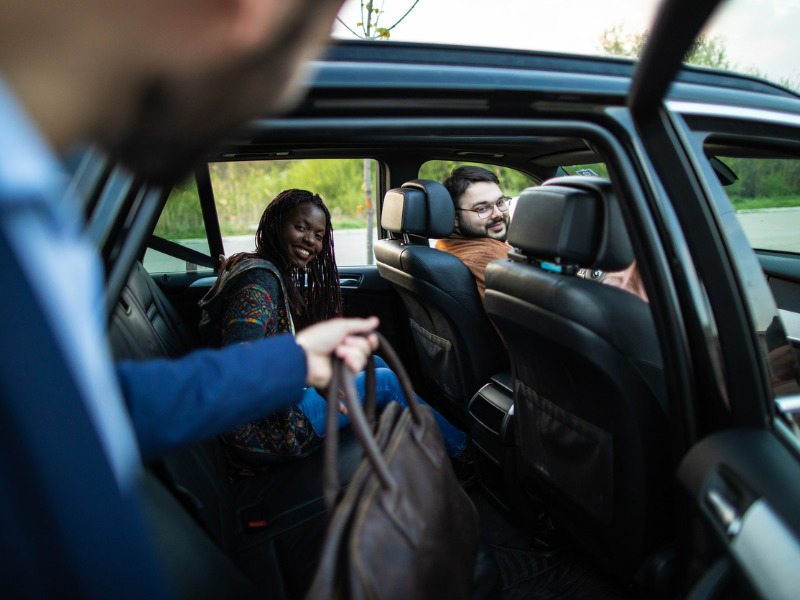Are you asking your carpooling clients the right questions?

With carpooling on the rise for those feeling inflation’s burn, and among millennials who are often keen to reduce their environmental footprints, brokers should ensure they’re asking about clients’ high-occupancy-vehicle habits, said one auto insurance expert.
“What you tend to see with people who carpool is more risk exposure,” said Daniel Ivans, auto insurance expert at RatesDotCa. “If you are the driver and you have multiple people inside of your vehicle, that’s multiple new exposures where people are more inclined to possibly get injured [and] distracted driving is more probable.
“There’s a higher risk and higher potential for more claims, which means that in some cases, it might have an effect on your insurance premiums as well.”
But carpooling doesn’t always come up during the client discovery process, Ivans said.
“Consumers are craving…fairly quick calls at least to get to the quote, and what brokers are really doing in their initial conversation is getting a feel for the consumer and how they’re using their car, trying to look for little hints that the consumer might drop about how their friends might be in their car from time to time…
“But realistically, for a broker to ask every single question about every single potential exposure isn’t always the most reasonable approach because the truth is that the vast majority of consumers don’t use their car for carpooling.”
More concerning, though, is that consumers often don’t know which of their driving habits may be exposures, said Ivans, and that could leave them without coverage.
“There are a lot of misconceptions from a consumer standpoint about how the industry works. And what we’ll find a lot of the time is consumers might fail to disclose the fact that they drive to work every day, or even a couple of times a week, or perhaps that they’re carrying some small equipment inside of their car for work,” he added.
“What consumers don’t realize is that when these exposures actually become a problem — that’s to say, when you have an accident — and you were carpooling and people in that car were injured, the insurance companies will then look into what was disclosed versus how the vehicle was being used. And the consumer risks potentially not having coverage or even having their policy cancelled materially.”
At times, carpooling might even require additional liability coverage, although it varies from one insurer to another.
“Brokers are always encouraged in any unique scenario like this one just to run it by the insurance company and double check their appetite,” Ivans explained. “Some will say that they’re not so worried about it, others will have more questions, and [still] others will require that [an] endorsement is added.”
And clients should heed that carpooling is not equivalent to ridesharing, like driving for Uber or Lyft, which requires additional coverage — namely the OPCF6A endorsement, which is known as the ‘Permission to Carry Paying Passengers’ Endorsement.
But while carpooling can have an impact on a client’s rates, the increase will be relatively insignificant when compared with the price a driver would pay if they lacked proper coverage.
“It’s a minimal charge, if anything at all. In most cases, actually, there is no charge,” he said. “[It’s] more of a disclosure scenario.”
Feature image by iStock.com/miodrag ignjatovic







